No matter what is the nature of the job you are undertaking, whether sewing, quilting or upholstery, one of the biggest choices you will make in the whole process is on the choice of fabric. Your selection of fabric will determine the appearances, texture, and even the sturdiness of the project involved herein. You will learn how to pick the right material for your project in this guide and how to use fabric samples when deciding which material is the best for your work.
What Are Fabric Swatches?
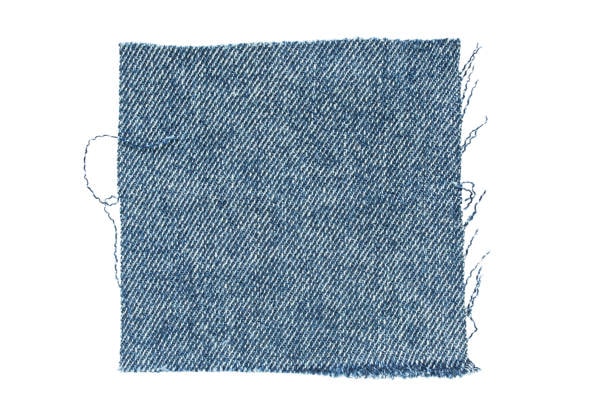
Fabric swatch is a small piece of fabric through which one can judge the quality of the material before buying it for use in his/her production line or shop. It remains one of the foremost reliable tools for anyone who is to engage in any kind of project with an emphasis on textiles, as they offer the independence of looking at the texture, color, the pattern or even the quality of the fabric and do it in ‘real life’.
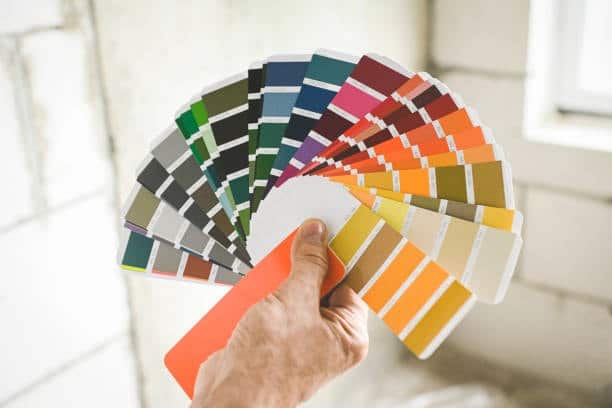
These can be from inch samples to 12×12 inch samples depending on the supplier or fabric store. These enable you to experiment with the weight of the material, the flow and its response to light. Swatches are particularly useful when purchasing fabric through an online store as they give you an opportunity to confirm the fabric quality before making a large order.
Why Are Fabric Swatches Important?
Nevertheless, the texture and quality of the fabric that is to be used for your project is often very hard to choose by only looking at a picture or reading a description on the web. Samples of fabric works to allow you to touch the fabric with an aim of being in a position to tell how it will perform. Here’s why they’re so essential:
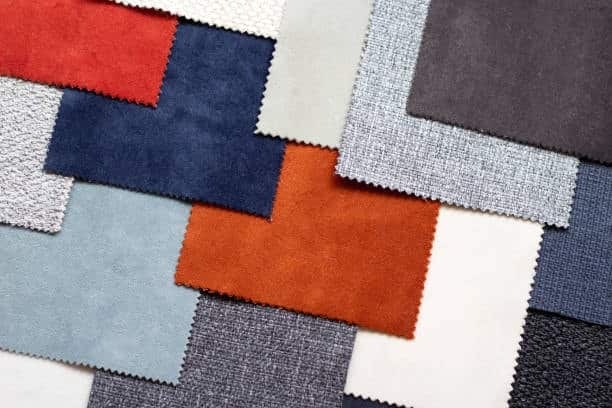
- Texture and Feel: Fabrics can be soft and smooth, thin and densely (packed to the extent that they can barely be woven at times) or they can be rough and coarse. Through swatches you can touch and determine whether the fabric feels right for use for garments, cushioning, or curtains among other uses.
- Color Accuracy: Sometimes, the color might look differently on the Internet or on the device’s screen or under artificial lighting; fabric swatches allow you to take a look at the color of the sample you are going to order. This is especially the case where you want to find a specific shade that you need for a certain project in your home or wardrobe.
- Durability: Fabrics are classified in various forms because of its use. The swatch helps you gauge the weight and the potential strength of this material, and as such it makes it easy for one to be able to plan for a material that will last long under daily use, washing or environmental conditions.
- Pattern and Print Examination: A swatch is particularly useful if your project needs a fabric with some kind of a pattern; it shows how this pattern will look in your work. This could be significant in case it is time to find a matching design in large pieces or align and size it.
How to Choose the Right Fabric for Your Project
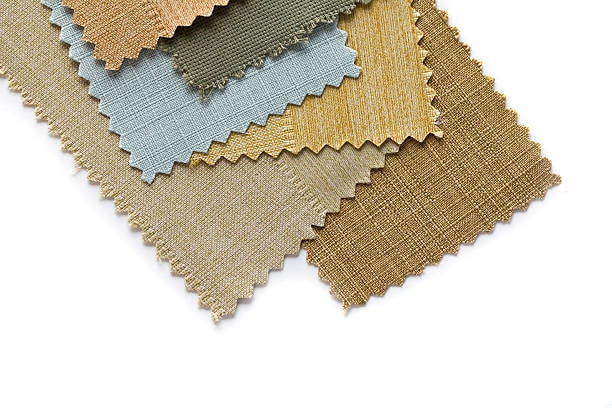
Selecting a suitable fabric to work with when developing a given item is always a challenge because of the variety of fabrics available for sale. In this case, you are able to break down the chopping up the decision and look at various factors that would enable you to decide on the best fabric to buy.
1. Project Type
The type of project you are undertaking determines your fabric selection. Whether is a dress, cushions or furniture, the fabric must therefore be suitable for the activity or look that is expected to be accomplished.
- Clothing: That is why for garments you must use fabrics that will form nice lines, and they should be comfortable to wear. These can of course be washed fabrics – such as cotton, linen, wool and synthetics including polyester and rayon. Use stretch fabrics such as spandex for products like activists wear.
- Home Décor: In cases such as furniture like sofas, curtains, or cushioning select materials that are resistant and can be easily washed such as canvas, denim or outdoor fabric monday. Velvet and brocade are probably suitable for rich curtains or ornamental cushions friday.
- Quilting: Quilting demands fabrics that are soft, hard wearing and that can be joined easily. There are two primary reasons for choosing cotton for quilting and that is for breathability and convenience.
- Accessories and Crafts: Fashion material preferably chosen should be light such as cotton, felt for crafting, whereas leather or canvas can be ideal for creating bags or wallets.

2. Fabric Composition
Fabric composition tells about the kind of fiber in the fabric used in making of the fabric. Fibers can be natural, including cotton, linen, and silk, and synthetic, including polyester and nylon. Other fabrics contain two or more fibers which have been combined to provide the advantages of each.
- Natural Fibers: Cotton is a comfortable material, which can be used to make clothes as well as textiles for home furnishing. Cotton is derived from the cotton plant and is very light in weight but has a rough finish is good when used in the summer. Silk is quite elegant and has a great appearance and drape yet it needs proper handling.
- Synthetic Fibers: The benefits are polyester, nylon and acrylic fabrics being durable, stain resistant and very cheap to purchase. It is used extensively in creating sportswear, provision of outer garments and as furniture materials. They can also imitate the look and feel of natural fiber, but are not as breathable as the natural fiber materials.
- Blends: Cotton polyester contains a composition of the two fabrics; it has the softness of cotton without the creases, and is stronger than polyester. Some of the choice reasons include; blends are easy to maintain and are practical.
3. Fabric Weight
Being a material that is in some form of contact or incorporated into a project which is sewn, the weight of the fabric determines its performance. Chiffon, Voile and Dry Crepe are suitable for garments/ outfits with much movement or many layers while Denim, Upholstery, Tafetta and Gabardine are more suitable for fashion with much structure.
- Lightweight Fabrics: These are excellent for dresses, blouses and other products that are to be flowing. He said fabrics such as chiffon, georgette, and crepe come in this category.
- Medium Weight Fabrics: Cottons, linens, and fine-wale denim are suitable for dresses, skirts, shirts and other easy-care items arrive. It gives enough frame, but not so much that the lesson is rigid and unyielding.
- Heavyweight Fabrics: Uniform, shoes, skirts, pants, jackets, coats, hand bags or any kind of garment and home accessories using denim, canvas, wool and upholstery fabrics are ideal for any durable products site.
4. Fabric Care and Durability

Consider how often and how much effort you will give for the care of the fabric. Some fabrics should be washed by washing powder and some of them should washed by dry cleaning solvents stock. Duration is also an important factor, most importantly, to any product that may be frequently used like cloths or furniture.
- Easy-Care Fabrics: Some materials that are quite common as synthetic blends include polyester, nylon, and combers; they are not challenging to wash and cannot be easily wrinkled, stained or faded.
- High-Maintenance Fabrics: And silk, velvet, and some kinds of wool need better interactions such as dry cleaning and the gentle wash.
How to Use Fabric Swatches Effectively
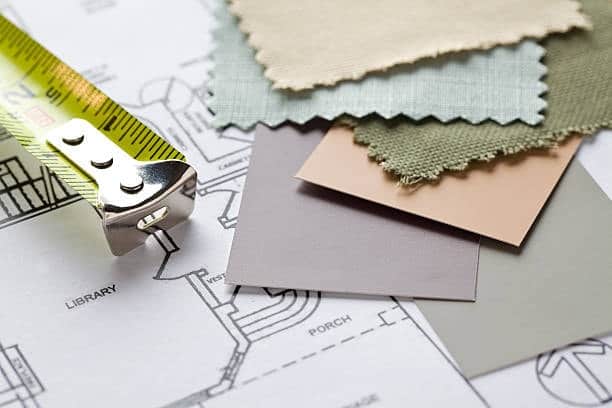
In this part of the article we will discuss some tips for using fabric swatches to make the right choice.
1. Order Multiple Swatches
If you are still in doubt, it’s advisable to place your order in more swatches than one swatch in various fabrics and different colors. This let you evaluate each and get a clearer picture on what is ideal for the project.
2. Check the Swatch Size
Make sure the swatch size is large enough for examining the surface texture as well the pattern. Sometimes you get a very tiny piece because, for instance, only six inches square may not demonstrate how the fabric you want to buy will look like when it is being used to create clothes or when draping it; therefore, get as many full swatches of fabric as possible.

3. Test for Durability
If you are in doubt about the durability of a certain fabric, try that one. Pull the fabric with your hands in a very slow manner and check of the fabric regains its shape; the perform an iron test.
4. Consider Color Matching
Please use the swatches to select yourself the corresponding color of the project you are working on. The best way to determine anharmonious color combinations is to place the swatches next to the colour palette to be used and compare their coherency trims. Just bear in mind that the lighting conditions applied can influence the manner in which the color is displayed.
Conclusion
It may be quite hard at first to decide on which fabric to work with, but with assistance one has many for making the right decision’s including fabric samples. Whether you plan a new dress, or want to reupholster a piece of furniture or create a beautiful quilt, the fabric that is selected will either make or mar it. When you know the requirement of your project, the kind of fabric, its weight, and the kind of care that the particular fabric needs, then you can certainly go for the perfect material.
Please remember constant reference to the fabric samples and swatches can be your most valuable asset for gauging texture, colour, and quality before placing a large order for a particular fabric. This is the reason, order more than one swatch, examine the size of the swatch and always check for durability vary based. When you have spent considerate time making sure that you’ve made the right decision, then your finished work will be as per your expectations.
Finally, the choice of fabric that you have to work with will go a long way in making a difference between the good project and the great one. For both the professional crafter and the novice, fabric swatch gives a glimpse into which fabric will best serve your cool project.
